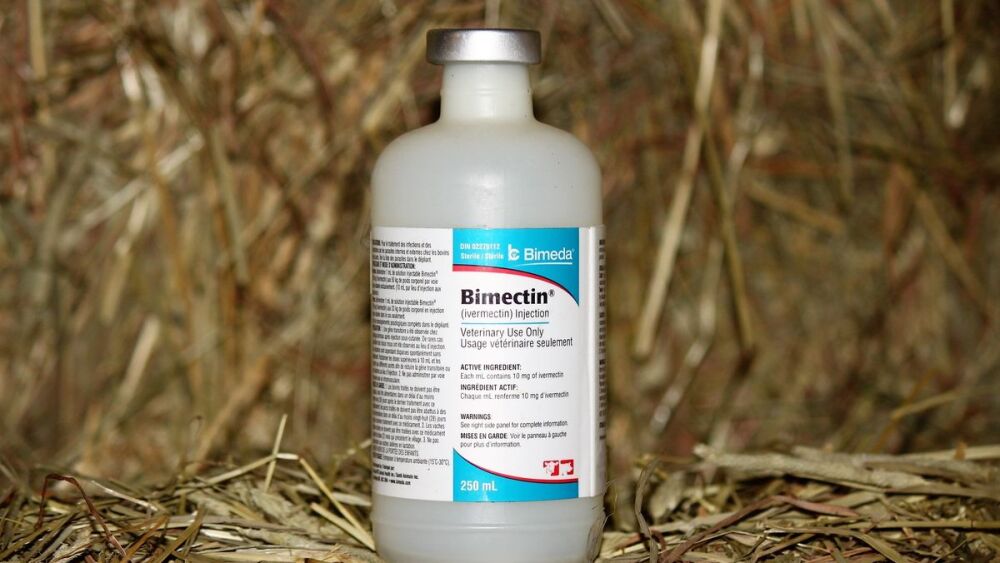It’s safe to say, unless your practice involves veterinary or travel medicine, very few people had heard of ivermectin, until recently. Increasing information (and misinformation) in both traditional and social media about its use in the treatment and prevention of COVID-19 resulted in a , with weekly U.S. prescriptions increasing 24-fold from 3,600 a week pre-pandemic to 88,000 for the week of August 13, 2021.
In Ohio, a woman has – a drug they feel is medically inappropriate – to her husband, who is in a coma and suffering from COVID-19. The intended for veterinary use. As reports of have suddenly increased, prehospital providers need to understand ivermectin, its relationship to COVID-19 and what to expect if called for an overdose.
How ivermectin is used
Ivermectin (from the parent compound avermectin) was originally marketed to veterinary medicine providers, where it is considered . It is available in numerous formulations for veterinary medicine (oral, topical, IV, IM, SC) and is effective in treating fleas, ticks, mites and heartworm.
In humans, it is approved to treat a wide range of parasites, like lice and scabies, but is most commonly used for parasitic worms. Onchocerciasis (also known as river blindness) and lymphatic filariasis are two worms that cause debilitating and disfiguring diseases affecting primarily low-resourced areas of Africa. Billions of doses have been delivered and it is projected that . This accomplishment was so significant, the developers of ivermectin .
Ivermectin and COVID-19
; reporting a 5,000 fold decrease in viral RNA at 48 hours. It was this study that the FDA cited when it warned about a trend of people using veterinary ivermectin to self-medicate to treat COVID-19. Importantly, the concentrations used to kill SARS-CoV-2 in the lab represented a dose . This means the anti-viral activity occurs at ivermectin levels .
There has been clinical research dedicated to COVID-19. The National Institute of Health Expert Panel reviewed more than 16 observational and cohort studies involving ivermectin. The results of these studies were wildly variable, reporting anything from shorter time to resolution and lower mortality, to no benefit or worsening of disease. Research problems including small sample size, lack of blinding, confounding treatments and lack of clear study outcomes led the panel to note This finding is similar to the World Health Organization recommendation that .
Ivermectin pharmacology
Ivermectin pharmacology is not well understood. It is generally thought the effect on glutamate-gated chloride and GABA causes an influx of chloride, leading to nervous inhibition and paralysis. This causes death in invertebrates like fleas and ticks, but is generally very safe for humans, because at therapeutic doses, .
Adverse events with ivermectin
Adverse reactions to therapeutic doses are typically mild and self-resolving. More moderate to severe adverse events may require . Two more severe clusters of adverse events occurred in patients being treated for .
Ivermectin toxicity and treatment
The human data surrounding ivermectin overdose is limited. Animal models generally report doses between . Poison control suggests individuals who have received more than 2 mg/kg be seen in a hospital. It is with larger doses that ivermectin is able to cross the blood-brain barrier in humans and begin to cause neurological symptoms.
Prehospital providers should gather as much information as possible from the scene with respect to amount and timing of the poisoning; this is especially valuable when ivermectin is obtained from a veterinary or agricultural source, which may contain other toxic solvents or additives (Chung et al 1999).
No specific antidote for ivermectin exists, so prehospital should be supportive. Coma is common in large overdoses and the airway should be appropriately managed. Hypotension can be managed with fluid and inotropes. The only change from standard care should be to .












